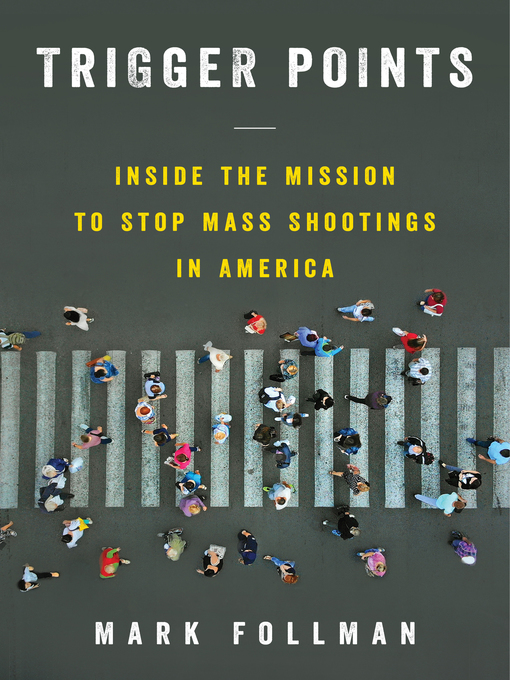"An urgent read that illuminates real possibility for change." —John Carreyrou, New York Times bestselling author of Bad Blood
For the first time, a story about the specialized teams of forensic psychologists, FBI agents, and other experts who are successfully stopping mass shootings—a hopeful, myth-busting narrative built on new details of infamous attacks, never-before-told accounts from perpetrators and survivors, and real-time immersion in confidential threat cases, casting a whole new light on how to solve an ongoing national crisis.
It's time to go beyond all the thoughts and prayers, misguided blame on mental illness, and dug-in disputes over the Second Amendment. Through meticulous reporting and panoramic storytelling, award-winning journalist Mark Follman chronicles the decades-long search for identifiable profiles of mass shooters and brings readers inside a groundbreaking method for preventing devastating attacks. The emerging field of behavioral threat assessment, with its synergy of mental health and law enforcement expertise, focuses on circumstances and behaviors leading up to planned acts of violence—warning signs that offer a chance for constructive intervention before it's too late.
Beginning with the pioneering study in the late 1970s of "criminally insane" assassins and the stalking behaviors discovered after the murder of John Lennon and the shooting of Ronald Reagan in the early 1980s, Follman traces how the field of behavioral threat assessment first grew out of Secret Service investigations and FBI serial-killer hunting. Soon to be revolutionized after the tragedies at Columbine and Virginia Tech, and expanded further after Sandy Hook and Parkland, the method is used increasingly today to thwart attacks brewing within American communities.
As Follman examines threat-assessment work throughout the country, he goes inside the FBI's elite Behavioral Analysis Unit and immerses in an Oregon school district's innovative violence-prevention program, the first such comprehensive system to prioritize helping kids and avoid relying on punitive measures. With its focus squarely on progress, the story delves into consequential tragedies and others averted, revealing the dangers of cultural misunderstanding and media sensationalism along the way. Ultimately, Follman shows how the nation could adopt the techniques of behavioral threat assessment more broadly, with powerful potential to save lives.
Eight years in the making, Trigger Points illuminates a way forward at a time when the failure to prevent mass shootings has never been more costly—and the prospects for stopping them never more promising.


